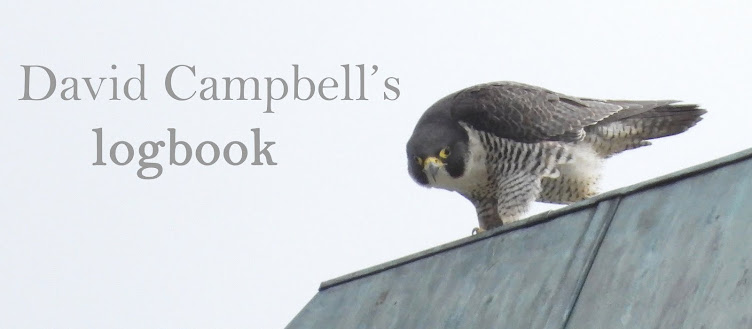Back in Sussex, I headed out to Goring for the morning where I saw the beach at low tide for first time. I hadn't realised the extent of the potential feeding area on offer for waders here at low tide and scanning along the beach revealed new patch species for me in the form of a
Knot and a couple of
Redshanks. Apparently Knot isn't particularly common here. While
Sanderling and
Ringed Plover numbered remained low, at 23 and eight respectively, other species provided reasonable totals: 69
Grey Plovers roosted along with 203
Dunlin and feeding along the shore were 90
Turnstones and 57
Oystercatchers.
A
Kingfisher calling along the beach was soon spotted surveying its hunting ground from one of the groynes. I counted 11
Mediterranean Gulls and other bits included four
Dark-bellied Brent Geese, a
Common Scoter, a
Guillemot and the low totals of 14
Red-breasted Mergansers and three
Great Crested Grebes. Three
Kittiwakes and 28
Gannets moved west. The two
Stonechats were still in the rough field and a
Chiffchaff was in the woods on the east side while the fields held six
Skylarks and 15
Pied Wagtails. Seven
Goldcrests were dotted about and a
Rook flew over.
 |
| Part of today's high tide roost |
 |
| Kingfisher |
 |
| the Knot roosting later in the morning |
 |
| the beach at Goring Gap at low tide |
 |
| Grey Plovers |
 |
| adult Mediterranean Gull |
 |
| Turnstone |
 |
| Common Gulls, with Mediterranean and Black-headed thrown in |








